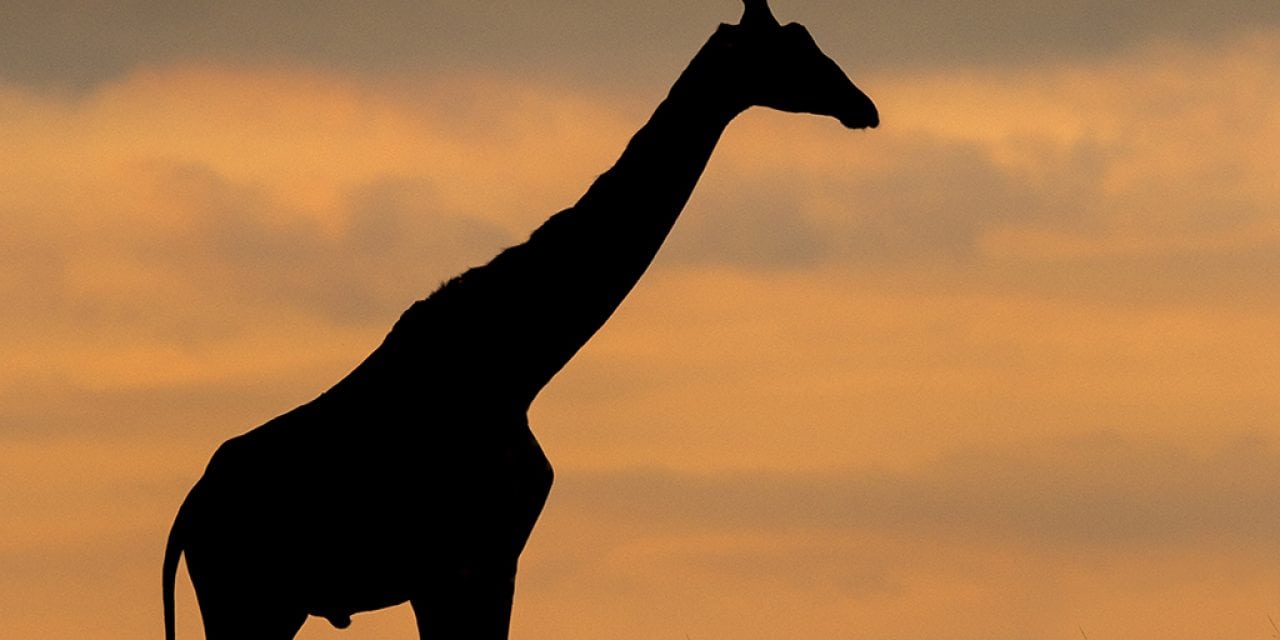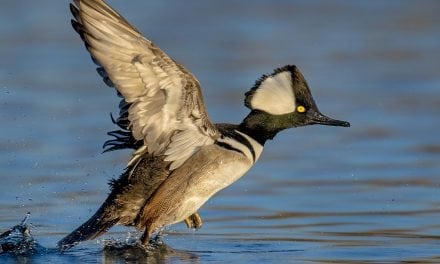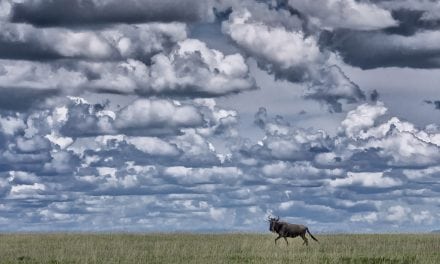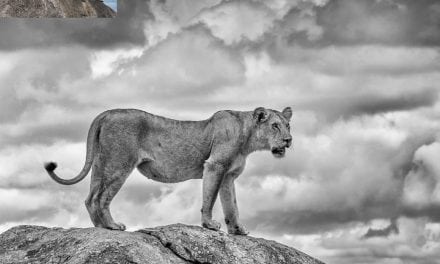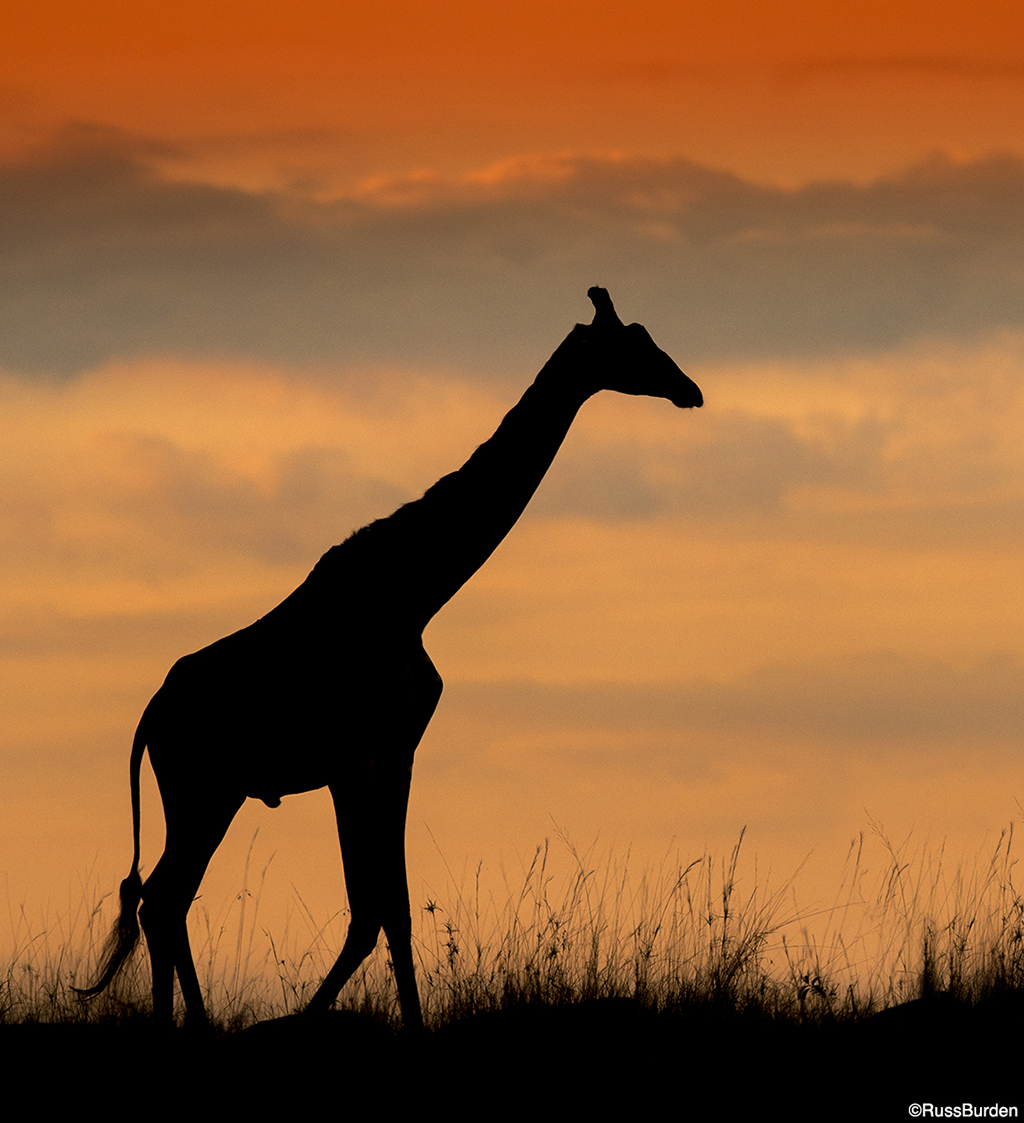
The single most important aspect that contributes to the success of any photograph is light. While it can be debated that other factors contribute to the quality, regardless of the factor, without good light, it can’t make for a killer image. A gorgeous animal in ugly light makes the viewer crave greater radiance. A healthy and mature lion in flat light leaves the viewer longing for better illumination. An elusive bobcat photographed in dull gray overcast is desperate for the warm glow of a sunrise or sunset. The list goes on, which proves the most significant ingredient is light. (Disclaimer: It goes without saying that the technical aspects in each above example are the same regarding exposure, depth of field, proper focus, etc.) In this week’s tip, we’ll discuss lighting considerations for photographing wildlife.
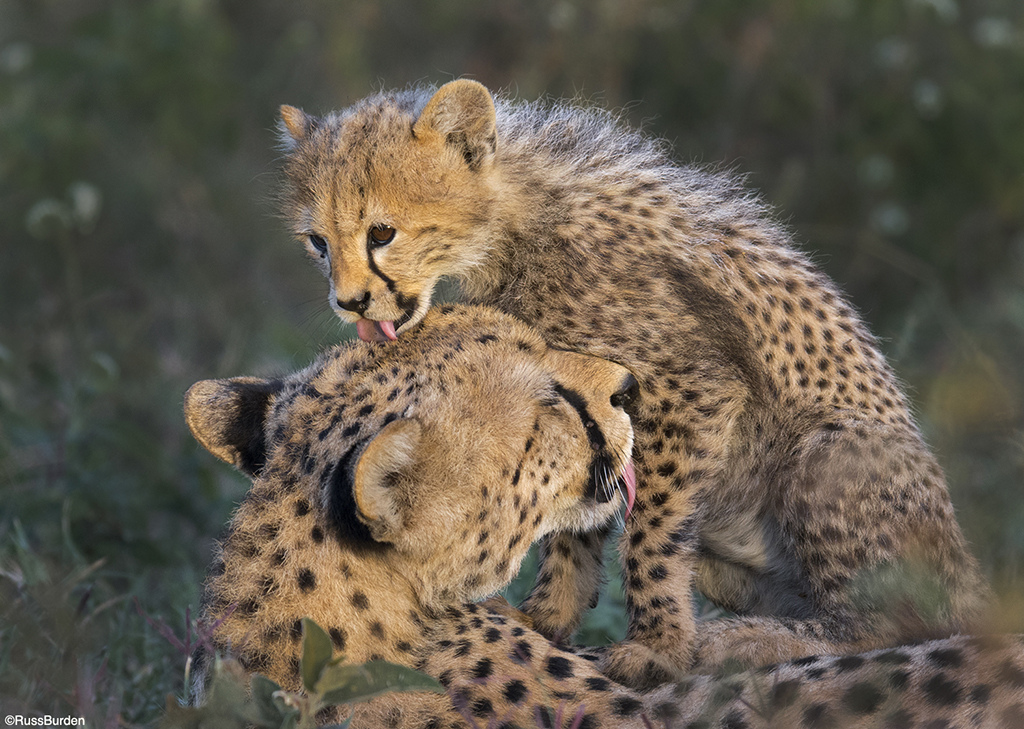
Early/Late Front Light: Sunrise and sunset light are often referred to as sweet light for obvious reasons. The color and quality is unrivaled. The warm glow that directly illuminates any form of fauna, and the vibrant and saturated colors they impart, can’t be had at any other time of day. Given the angle of the sun, gorgeous sweet light can’t be faked in Photoshop. Direct front light works well as the contrast is soft. It’s shadowless when the subject faces you, as you’ll have the sun directly on your back. If you’ve yet to give yourself the privilege of capturing your favorite animal at sunrise or sunset, get out and shoot at these times. Once you see your subjects bathed in gold, you’ll understand why.
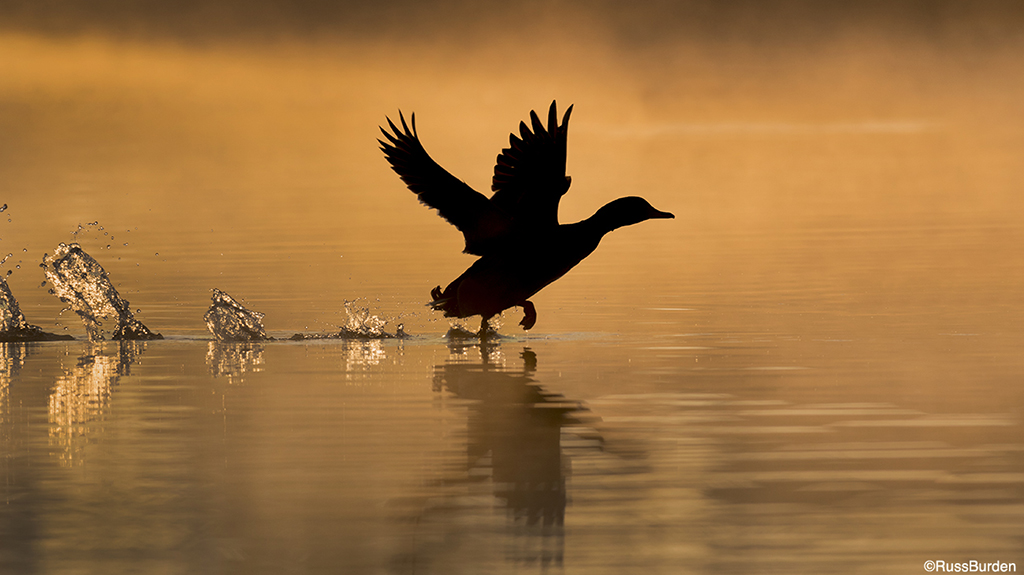
Backlight: Did I hear someone say the word dramatic? If you want to add drama and intrigue to your fauna subjects, try backlight. Place the sun directly behind the animal and its perimeter glows. If it has hair, fur, fluffy feathers or whiskers, it will produce a rim-lit aura that’s impossible to mimic. You have the option to include the sun in the frame or you can get close to the subject and hide it behind the animal. The former provides more of a scenic look to the image while the latter creates more of a close-up silhouette. Additionally, if you go for the closer option, the sun can be somewhat high above the horizon, as it will be hidden by the mass of the subject. Include water drops to add featured focal points to your images, as you see in the photo of the backlit mallard taking off across the water.
Bright Overcast: Bright overcast light is a photographer’s best friend if he or she wants soft and subdued illumination that contains little in the way of shadows. My perfect day to photograph wildlife would be one with a clear sunrise with no clouds for the first one and a half hours. Once the sun gets too high in the sky, a thin layer of clouds would dominate. Without clouds, the sun is far too bright and its angle too high to make successful images of wildlife subjects. The shadows are harsh, the light is too strong, the angle is wrong and the contrast is high. But, if that soft layer of clouds covers the sun, the diffused light erases all four of the just-listed negatives. This allows the wildlife photographer to make images during the time you’d normally put the camera down. To continue my perfect day, the clouds would thin out one and a half hours before sunset and not return again until the following midday when I start the process once again. The strength of bright overcast is it allows you to make good images even at midday.
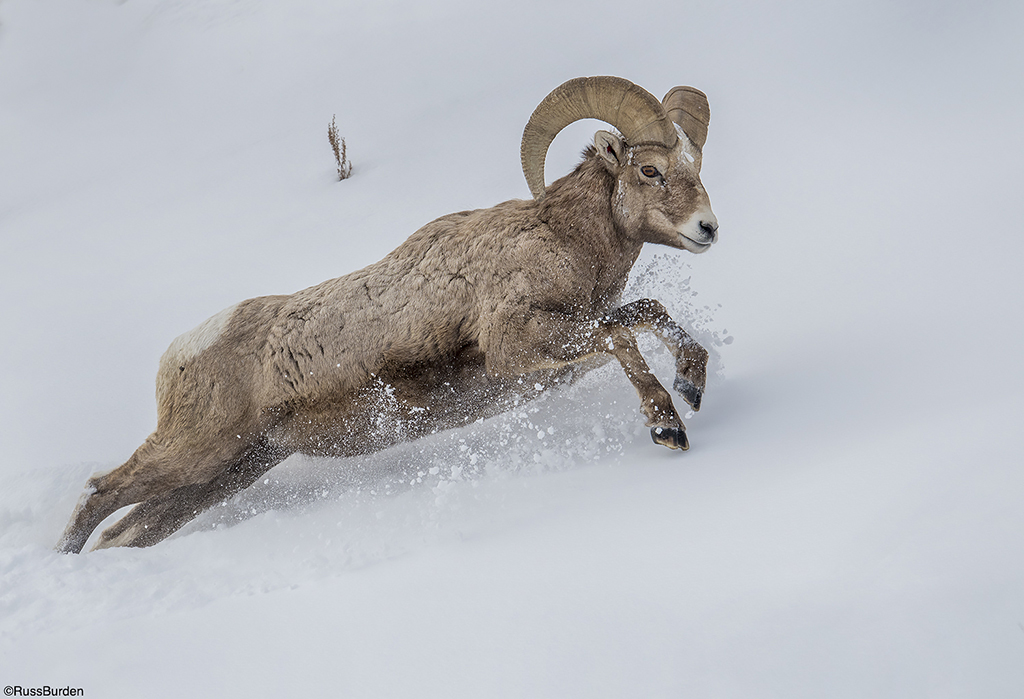
Dawn/Dusk: When it comes to wildlife photography, dawn and dusk are what I refer to as “The Stage for Stunning Silhouettes.” Before the sun rises, there’s a gradient of color that spans intense color on the horizon to purple and blue as the elevation rises. At dusk, the same happens. The real drama comes when clouds are added into the mix. This is especially true if the clouds are high and thin and the sky below the horizon is clear. This is the recipe for an iconic red to orange to yellow sunset or sunrise. It’s at these times I search for animals that walk the skyline. When they ride the crest of the land, more of the animal is visible, especially its legs and feet. All parts should be visible to make the image as successful as possible.
Visit www.russburdenphotography.com for information about his nature photography tours and safari to Tanzania.
The post Favorite Light For Animals appeared first on Outdoor Photographer.

